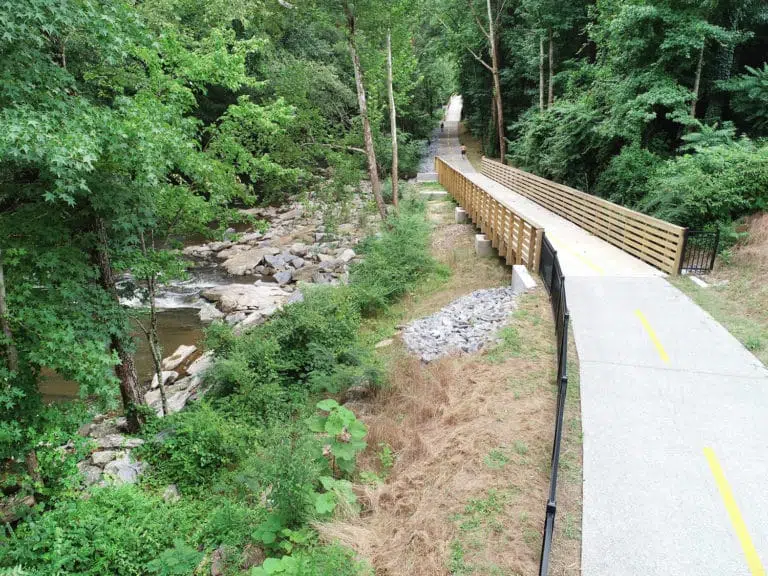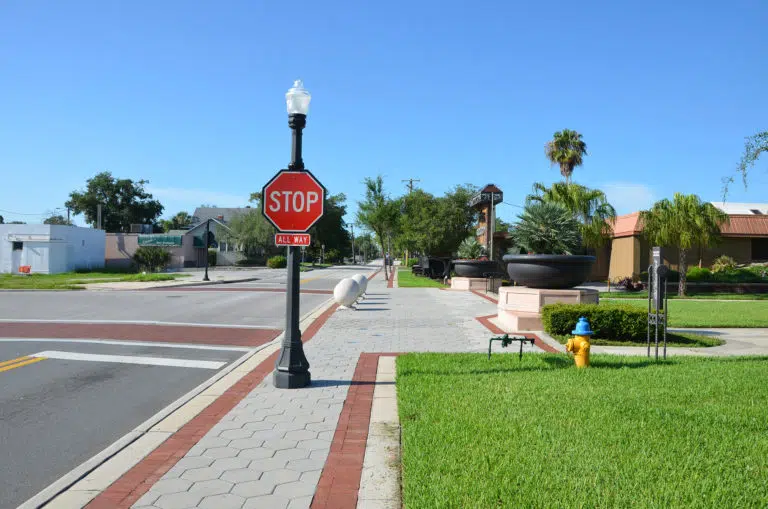Complete Streets
People who live in cities and towns throughout the country have a growing interest in ensuring that transportation investments provide for the safe travel of everyone using the road.
A Growing Priority
Across the country, Complete Streets policies are gaining traction as more communities prioritize an emerging approach to roadway planning—one that allows for greater flexibility in roadway design, considers the needs of all road users, and better complements surrounding land uses. Kimley-Horn works hand-in-hand with communities to create successful results from these policies by integrating context-sensitive transportation design best practices into the plans and standards that guide future mobility and helping cities realize the benefits of safe, accessible, and healthy streets.
Approaches to Developing Complete Streets
Consider Kimley-Horn’s multifaceted approach to Complete Streets development:
Visioning and Community Engagement
Kimley-Horn recognizes the value of public involvement in developing a shared vision for the future of transportation networks and creating street design solutions that address the unique priorities of each community.
Integration into Community Planning Efforts
Infrastructure, transportation options, and land use patterns are developed through a variety of community planning efforts and actions. Kimley-Horn has integrated their thorough understanding of the Complete Streets approach into a variety of community plans, including:
- Transportation Plans
- Mode-Specific Plans
- Comprehensive Plans
- Corridor Plans
- Small-Area Plans
Context-Sensitive Design Guidelines, Policies, and Manuals
Cities have a variety of tools for implementing Complete Street solutions. Our multi-disciplinary team of planners, engineers, and landscape architects understands how to develop appropriate standards, policies and design guidelines that directly support multimodal goals and remove barriers to the implementation of Complete Streets.




